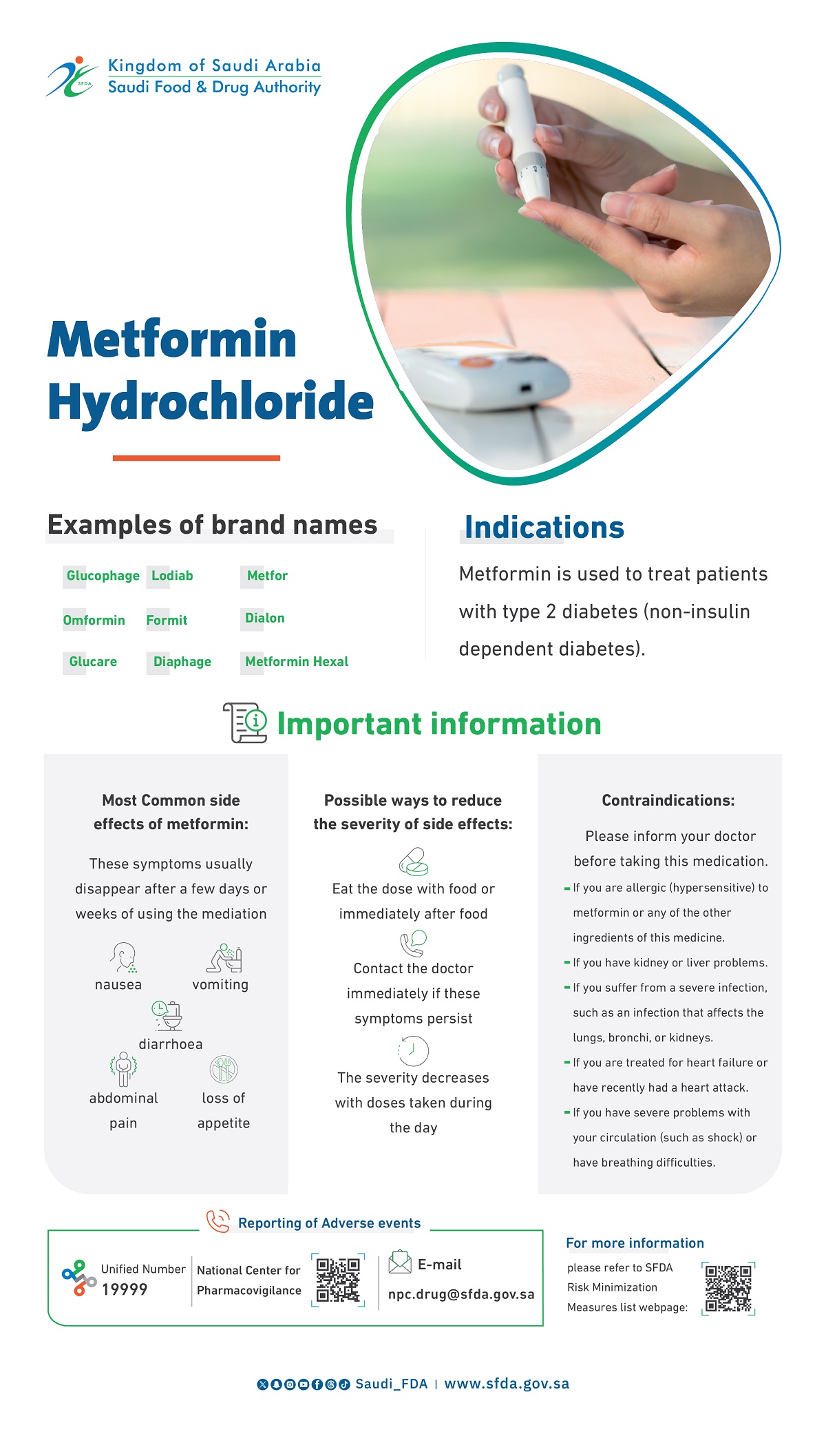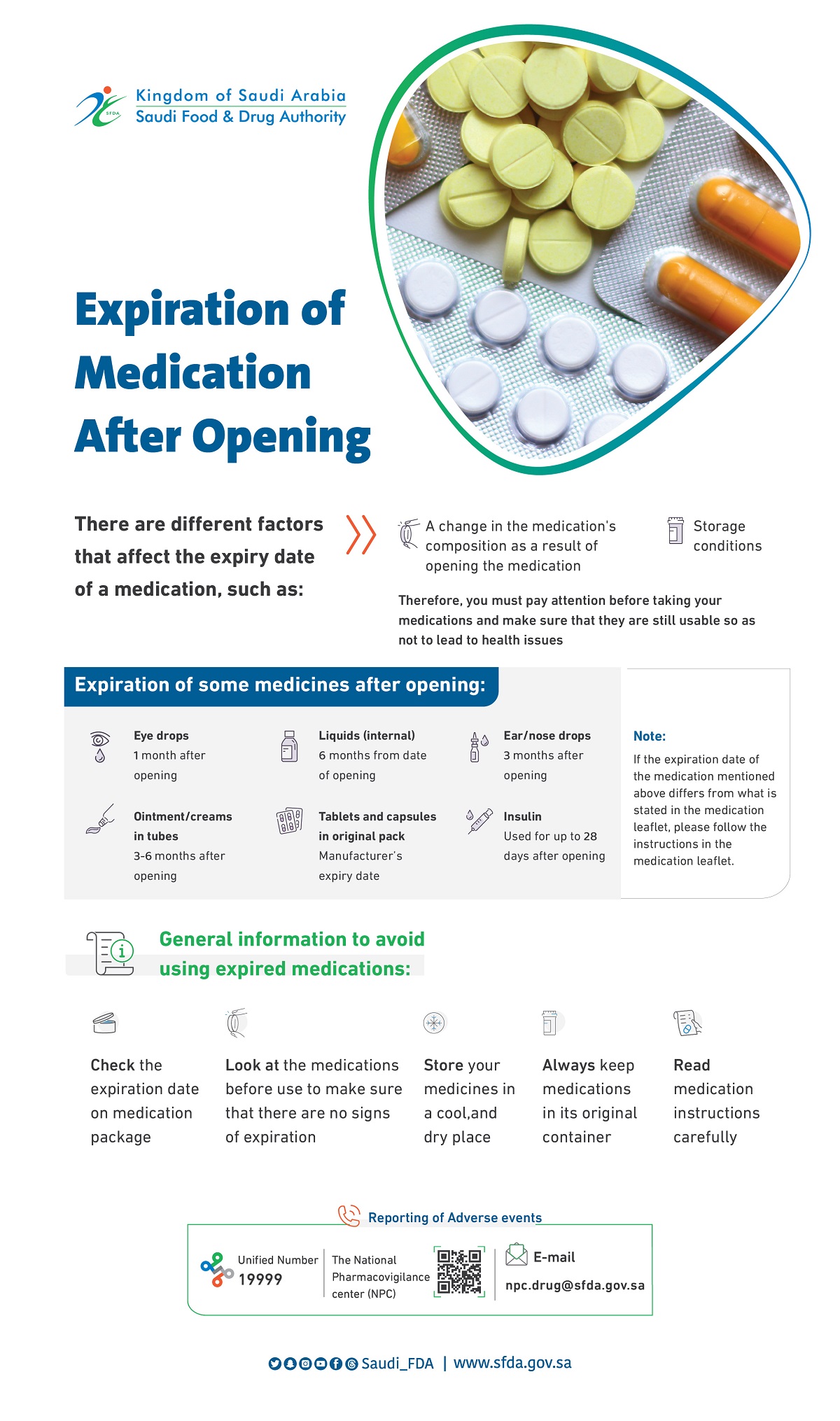
Once-daily basal Insulin Glargine versus thrice-daily Prandial Insulin Lispro in people with type 2 diabetes on oral hypoglycemic agents
Once-daily basal Insulin Glargine versus thrice-daily Prandial Insulin Lispro in people with type 2 diabetes on oral hypoglycemic agents
Once-daily basal Insulin Glargine versus thrice-daily Prandial Insulin Lispro in people with type 2 diabetes on oral hypoglycemic agents
2008-04-02
As type 2 diabetes mellitus progresses, oral hypoglycemic agents often fail to maintain blood glucose control and insulin is needed. Authors investigated whether the addition of once-daily insulin glargine is non-inferior to three-times daily prandial insulin lispro in overall glycemic control in adults with inadequately controlled type 2 diabetes mellitus taking oral hypoglycemic agents.
In the 44-week, parallel, open study that was undertaken in 69 study sites across Europe and Australia, 418 patients with type 2 diabetes mellitus that was inadequately controlled by oral hypoglycemic agents were randomly assigned to either insulin glargine taken once daily at the same time every day or to insulin lispro administered three times per day. The primary objective was to compare the change in hemoglobin A1c from baseline to endpoint (week 44) between the two regimens. Randomization was done with a central randomization service.
A number of 205 patients were randomly assigned to insulin glargine and 210 to insulin lispro. Mean hemoglobin A1c decrease in the insulin glargine group was −1·7% and −1·9% in the insulin lispro group, which was within the predefined limit of 0·4% for non-inferiority (difference=0·157; 95% Cl −0·008 to 0·322).
106 (57%) patients reached hemoglobin A1c of 7% or less in the glargine group and 131 (69%) in the lispro group. In the glargine group, the fall in mean fasting blood glucose (−4·3 [SD 2·3] mmol/L vs −1·8 [2·3] mmol/L; p<0·0001) and nocturnal blood glucose (−3·3 [2·8] mmol/L vs −2·6 [2·9] mmol/L; p=0·0041) was better than it was in the insulin lispro group, whereas insulin lispro better controlled postprandial blood glucose throughout the day (p<0·0001). The incidence of hypoglycemic events was less with insulin glargine than with lispro (5·2 [95% CI 1·9–8·9] vs 24·0 [21–28] events per patient per year; p<0·0001). Respective mean weight gains were 3·01 (SD 4·33) kg and 3·54 (4·48) kg. The improvement of treatment satisfaction was greater for insulin glargine than for insulin lispro (mean difference 3·13; 95% CI 2·04–4·22).
A therapeutic regimen involving the addition of either basal or prandial insulin analogue is equally effective in lowering hemoglobin A1c.
Authors conclude that insulin glargine provides a simple and effective option that is more satisfactory to patients than is lispro for early initiation of insulin therapy, since it was associated with a lower risk of hypoglycemia, fewer injections, less blood glucose self monitoring, and greater patient satisfaction than was insulin lispro.
Source: The Lancet 2008; 371:1073-1084





